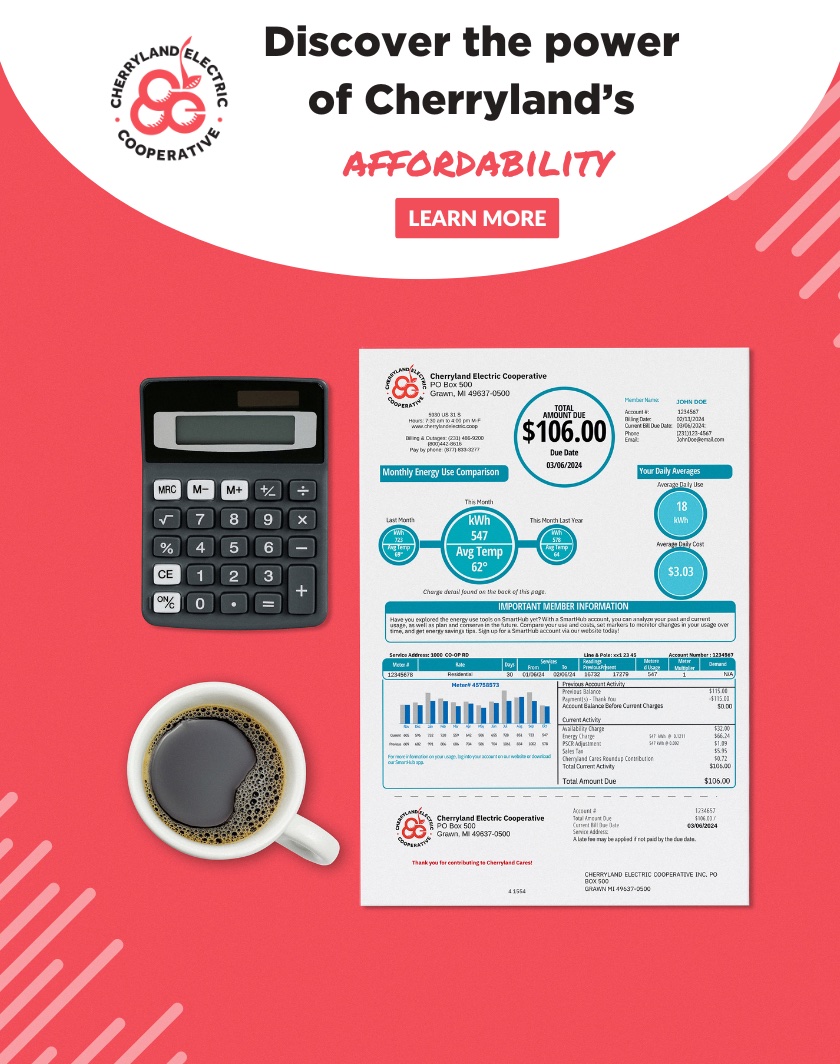Sign Says You're Driving Too Fast
May 29, 2013
Seen one of the Traverse City Police Department’s two mobile traffic trailers telling you your speed in giant digital numerals? And did it change your driving habits? With miles per hour displayed for all to see just under a sign with the speed limit, the goal of the electronic sentinels is to inspire (and shame) lead-footed drivers to ease up.
Sgt. Steve Drzewiecki positions the displays around town, and says they actually have a dual purpose: education and enforcement.
“It’s a good educational tool,” Drzewiecki, a 23-year department veteran, tells The Ticker.
“I think it does make an impression,” Drzewiecki says. “If someone drives by five times a day, that first time they see it they know to slow down.”
When a police car is added to the mix, often strategically positioned a block or two after, the mobile traffic trailer can ease enforcement. When an officer pulls over a driver after clocking the offender on his patrol car’s radar device, sheepishness is the more common response.
“It’s an easier sell for me because the driver didn’t pay attention to the radar warning,” Drzewiecki says.
A recent Eighth Street placement – eastbound along a notorious fast corridor between Boardman and Woodmere avenues – clocked speeds ranging from 16 mph (a passing funeral procession) to drivers blithely zipping by in the mid-30s. The posted speed limit is 25 mph. (Yes, the numbers displayed are accurate, thanks to an official police radar unit installed in each device).
Citizens or neighborhoods also sometimes request the mobile traffic trailer to help calm traffic in residential areas. Thanks to an embedded computer chip, newer units can also gather data on driving patterns. Drzewiecki usually keeps a trailer in one place for about a week before relocating it.
“It’s a tool we can use to help a neighborhood,” Drzewiecki adds. “Such as out of 100 cars, this many were speeding.”
So do they actually work? American and British studies say yes, though speed reductions are typically less than those resulting from physical measures such as speed bumps. One such study in Bellvue, Wash. found that mobile radar signs resulted in average speed reductions of 1-5 mph, with some locations reaching reductions of 5.5 mph.
Solar cells and a battery pack power the radar speed displays; cloudy periods or long deployments prompt a recharging visit to the city garage.
The machines do not come cheap; replacement costs range from about $5,000-6,000 per unit.







